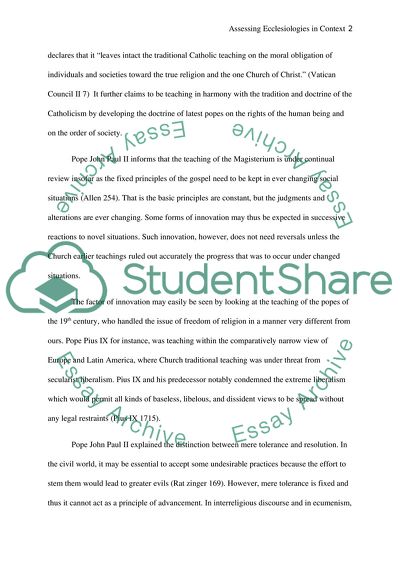Cite this document
(Assessing Ecclesiologies in Context Assignment Example | Topics and Well Written Essays - 2750 words, n.d.)
Assessing Ecclesiologies in Context Assignment Example | Topics and Well Written Essays - 2750 words. https://studentshare.org/religion-and-theology/1840553-assessing-ecclesiologies-in-conyext
Assessing Ecclesiologies in Context Assignment Example | Topics and Well Written Essays - 2750 words. https://studentshare.org/religion-and-theology/1840553-assessing-ecclesiologies-in-conyext
(Assessing Ecclesiologies in Context Assignment Example | Topics and Well Written Essays - 2750 Words)
Assessing Ecclesiologies in Context Assignment Example | Topics and Well Written Essays - 2750 Words. https://studentshare.org/religion-and-theology/1840553-assessing-ecclesiologies-in-conyext.
Assessing Ecclesiologies in Context Assignment Example | Topics and Well Written Essays - 2750 Words. https://studentshare.org/religion-and-theology/1840553-assessing-ecclesiologies-in-conyext.
“Assessing Ecclesiologies in Context Assignment Example | Topics and Well Written Essays - 2750 Words”. https://studentshare.org/religion-and-theology/1840553-assessing-ecclesiologies-in-conyext.


